🫁 Stanford's Ancient Breathing Technique
Andrew Huberman's New Study Boosts Mood In 6 Minutes Per Day
Welcome to Super Self, the newsletter that breaks down the latest scientific studies to help you live and work smarter.
Did a smart friend with a knack for finding the best stuff send this your way? Give ‘em a virtual high-five and then hop aboard!
This week we’re taking a look at what Professor Andrew Huberman learned when he left the podcast studio to conduct a real-world study.
The result is a simple technique that promises to make you happier and takes just a few minutes a day.
It’s a truly breathtaking finding.
But first…
SUPER SNIPPETS
🥗 Whole Foods — Harvard researchers used 36 years of dietary data from over 100,000 people to confirm what we already know: a healthy diet lowers our risk of all-cause mortality (dying from… well just about everything). But notably the four eating patterns with the strongest links to longevity all emphasized whole grains, fruits, vegetables, nuts, and legumes.
🍳 Choline Crisis — 90% of Americans aren’t getting the recommended daily intake of Choline: a nutrient found in foods like eggs, broccoli, beans, and meat. That’s bad news according to a new study published in Aging Cell that discovered profound changes in the brains of choline-deficient mice associated with neurodegeneration. Not to mention damage to the liver and heart, significant weight gain, and impaired glucose metabolism.
It’s quite the eggs-istential threat.
🌭 A Lot To Process — A new study published in Nature revealed damning evidence against processed meat. Mice were found to have 75% more tumors after they shifted just 15% of their diet to Frankfurter sausage. That was in comparison to a control group who stuck with 100% chow. After just 8 weeks of adding processed meat, oxidative stress shot up along with body weight. The suspected culprits behind processed meat’s harmful effects are nitrites (not to be confused with nitrates).
🍟 Not So Fast — Over half of us consume fast food. And one third of us consumers are getting at least 20% of our total daily calories from the stuff! Unfortunately, a new study found that our livers pay a price for convenience. Fatty liver disease was substantially higher for those whose daily fast food intake exceeded 20%. Sorry Doordash, it’s not you, it’s my liver.
⏱ This Walks Wonders — What’s the least amount of activity needed to counteract a workday full of sitting? Turns out that 5 minutes of walking every 30 minutes can prove optimal. This revelation comes from a new Columbia University study that compared five different break-to-walk ratios. A 30-5 rhythm may sound like a lot but this cadence reduced blood sugar spikes by 58% compared with sitting all day! It also caused the biggest reduction in fatigue and the largest increase in mood.
🧠 Brainercise — Two new studies add to the never ending list of exercise benefits. The first found that 6 minutes of high intensity cycling increased BDNF by 4-5x—a protein that enhances learning and protects against cognitive decline. The second found that 25-60 minutes of physical activity per day could successfully offset the mortality risk associated with poor sleep.
Meanwhile...
🧬 Ultraviolet — UV-emitting nail polish dryers damage DNA according a new Nature Communications study. One 20-minute session led to between 20-30% cell death.
🧖♀️ Let Off Some Steam —

FEATURED SCIENCE
New benefits of ancient breathing techniques uncovered at Stanford
🔷 Executive Summary — around 6 minutes of mindfulness meditation or breath work improved mood and lowered anxiety after just 4 weeks of daily practice. One particular breathing rhythm stood out as the most powerful, however: cyclic sighing.
⭐️ THE SIGNIFICANCE
Tibetan monks had a bit of a problem in the 8th century.
Temperatures would drop as low as -17 degrees at night.
Electric blankets were still some 1300 years away and so this was not ideal.
But then they discovered something cool.
A certain breathing pattern could raise their body temperature and help them sleep at night.
They named it “Tummo,” after the fierce goddess* of fire and passion.
(*rumored to be an excellent +1 to any party!)
Recent science has validated the benefits of Tummo along with many other types of breath work:
Nasal breathing (as opposed to mouth breathing) can synchronize electrical activity in the amygdala and hippocampus, alleviate stress and enhance cognition.
Yogic breathing can increase peacefulness, reaction time, and problem solving, all the while lowering anxiety, mind wandering, and intrusive thoughts.
But questions remain.
Some of which are so intriguing that Andrew Huberman had to press pause on being an internet sensation to conduct a study.
He rounded up no less than nine of his Stanford colleagues to compare three breathing practices with mindfulness meditation.
Their goal—to identify the best technique for reducing stress and improving mood.
Their findings—published in Cell Medical Reports—reveal the answer.
🧪 THE STUDY
The team began by mailing WHOOP trackers to 108 lucky participants.
(Those who completed the study were allowed to keep them!)
Participants were broken into 4 groups and each assigned to a different technique:
Note: I’ll give a brief overview of each exercise below but you can find the full descriptions from the study at the end of the newsletter if you’d like to try any of these for yourself.
Cyclic Sighing
Emphasizes exhales.
Inhale for 1 count — Take another shorter breath in — Exhale for 2 counts.
Here’s a video of Andrew Huberman doing this on repeat for 5 minutes.
Box Breathing
Inhales and exhales emphasized equally.
Inhale for 1 count — Hold for 1 count — Exhale for 1 count — Hold for 1 count.
Famously used by Navy SEALs before a mission, here’s an example vid.
Cyclic Hyperventilation
Inhales emphasized.
Inhale for 2 counts — Exhale for 1 count — Repeat 30 times — Hold for 15 seconds.
This is what many refer to as the Wim Hof method, here’s his guided video.
Mindfulness Meditation
No breath control. Passive observation of natural breathing rhythm.
Hold your attention on your breath. When you notice your mind wanders, bring it back to your breath.
Everyone checked in to report on their mood and anxiety before and after their daily practice and throughout the study duration.
The WHOOP trackers monitored heart rate variability.
Each exercise took around 6 minutes to complete.
⚡️ THE FINDINGS
The study had a positive impact by all accounts:
Benefits were reported by 90% of everyone who took part.
All 4 exercises had a positive impact.
But one stood out more than the others—Cycling Sighing.
This exercise (that emphasizes exhales) resulted in the highest increase in positive emotions.
This effect got stronger over time:
Interestingly, those who felt the greatest boost in mood also experienced the biggest drop in heart rate variability.
💎 THE TAKEAWAY
Taking just a few minutes out of your day to practice some breath work or meditation is an easy way to feel a positive difference.
And when it comes to improving mood or managing anxiety, cyclic sighing stands out as an especially promising tool.
Check out the instructions at the end or the videos above if you wanna give it a whirl.
Annnd exhale.
Today's newsletter is brought to you by Harold the Habit Tracker
2023: The Year You Take Control of Your Habits
Habit tracking can improve your mental health and motivation.
A 2020 study found that students who tracked their study habits for 6 weeks:
were less likely to experience a bad mood or feel distracted while studying;
were less likely to wish they were doing something more enjoyable, and;
were more motivated to study and displayed stronger study habits.
The problem is that tracking your habits... is a habit in and of itself.
Most apps, templates, and journals are a pain to keep up with and quickly fall by the wayside.
Harold solves this problem by meeting you where you are: in your inbox.
It's the easiest way to track habits ever created!
(I'm currently using Harold myself to consume less added sugar 🍫)
Start tracking today and stick to those New Year's Resolutions for good.
NEW & NOTEWORTHY CONTENT
📖 [HUMOR] — This Is The Most Fun Way To Make Your Life Awesome — Eric Barker
Being funny makes you more desirable, employable, and happier. But is there a science to it? Eric Barker believes so and he’s got the receipts to prove it.
8 minute read
📖 [SUCCESS] — The 4 Types of Luck — The Curiosity Chronicle
In 1978, Dr. James Austin declared that there are in fact 4 types of luck, and that 3 of them are under your control. Sahil breaks them down for you in his latest.
3 minute read
💡 Did you hear, read, or watch some inspiring content published in the last two weeks relevant to personal growth? Help me improve this section for everyone by letting me know!
LATEST BOOK RELEASE
The Creative Act: A Way of Being
by Rick Rubin
From the legendary music producer, a master at helping people connect with the wellsprings of their creativity, comes a beautifully crafted book many years in the making that offers that same deep wisdom to all of us.
The Creative Act is a beautiful and generous course of study that illuminates the path of the artist as a road we all can follow. It distills the wisdom gleaned from a lifetime’s work into a luminous reading experience that puts the power to create moments—and lifetimes—of exhilaration and transcendence within closer reach for all of us.
The Good Life: Lessons from the World's Longest Scientific Study of Happiness
by Robert Waldinger M.D. (Author), Marc Schulz Ph.D
Dr. Waldinger’s TED Talk about the Harvard Study, “What Makes a Good Life,” has been viewed more than 42 million times and is one of the ten most-watched TED talks ever.
What makes a life fulfilling and meaningful? The simple but surprising answer is: relationships. The stronger our relationships, the more likely we are to live happy, satisfying, and overall healthier lives. In fact, the Harvard Study of Adult Development reveals that the strength of our connections with others can predict the health of both our bodies and our brains as we go through life.
With warmth, wisdom, and compelling life stories, The Good Life shows us how we can make our lives happier and more meaningful through our connections to others.
Attention Span: A Groundbreaking Way to Restore Balance, Happiness and Productivity
by Gloria Mark Ph.D
Rediscover your ability to pay attention with this groundbreaking new approach from "the definitive expert on distraction and multitasking" (Cal Newport).
We spend an average of just 47 seconds on any screen before shifting our attention. It takes 25 minutes to bring our attention back to a task after an interruption. And we interrupt ourselves more than we're interrupted by others.
In Attention Span, psychologist Gloria Mark reveals these and more surprising results from her decades of research into how technology affects our attention. She shows how much of what we think we know is wrong, including insights such as:
Why multitasking hurts rather than helps productivity
How social media and modern entertainment amplify our short attention spans
What drains our mental resources and how to refuel them
The four types of attention that we experience every day and how to recognize them
QUOTE OF THE WEEK
“Learn how to exhale, the inhale will take care of itself.”
― Carla Melucci Ardito
Breathing exercises full description—
Mindful Meditation: Participants were informed they should sit down in a chair or, if they preferred, to lie down, and then to set a timer for 5 min. Then they were told to close their eyes and to start breathing while focusing their mental attention on their forehead region between their two eyes. They were told that if their focus drifted from that location to re-recenter their attention by focusing back first on their breath and then on the forehead region between their eyes. They were told that as thoughts arise, to recognize that as normal, refocus their attention back to their forehead region and to continue the practice until time has elapsed.
Cyclic Sighing: Participants were informed they should sit down in a chair or, if they prefer, to lie down, and to set a timer for 5 min. Then they were told to inhale slowly, and that once their lungs were expanded, to inhale again once more to maximally fill their lungs -- even if the second inhale was shorter in duration and smaller in volume than the first, and then to slowly and fully exhale all their breath. They were told to repeat this pattern of breathing for 5 min. They were also informed that ideally, both inhales would be performed via their nose and the exhale would be performed via their mouth, but that if they preferred, they were welcome to do the breathing entirely through their nose. They were also informed that it is normal for the second inhale to be briefer than the first.
Box Breathing: Participants were informed they should sit down in a chair or, if they prefer, to lie down, and to get a timer with a seconds counter that they could watch.
Then they were told to take the “CO2 tolerance test” as follows.
1) Take 4 breaths. An inhale followed an exhale = 1 breath. Ideally these are all done via the nose.
2) Then take a maximally deep breath and once your lungs are full, exhale as slowly as possible through your nose or mouth.
3) Time how long it takes (in sec) to empty your lungs; this will be your C02 discard duration.
4) Do not hold your breath with lungs empty. Once your lungs are empty simply record your ‘discard duration.
5) Use your discard duration to determine how long your inhales, exhales, and breath holds should be for the box breathing protocol using this table:
· 0–20 s C02 discard time = your inhales, exhales, and breath holds should be 3 - 4s.
· 25–45 s C02 discard time = your inhales, exhales, and breath holds should be 5 - 6s.
50 - 75 + sec C02 discard time = your inhales, exhales, and breath holds should be 8–10 s.
Participants were informed they should sit down in a chair or, if they prefer, to lie down, and to set a timer for 5 min. They were told to then inhale (for the duration determined by the C02 discard rate lookup table), then to hold their breath for the equivalent duration, then to exhale for the same duration and then to hold their breath for again, the same duration (e.g. inhale 4 s, hold 4 s, exhale 4 s, hold 4 s) and to repeat this pattern for the entire 5 min. They were told that if at any point they had to strain to reach these times, they should simply reduce the duration of inhales, exhales, and breath holds. We asked participants to perform all breathing through their nose, if possible, but that if they felt the need to switch to breathing through their mouth, to do so.
Then they were told to return to breathing normally.
Cyclic Hyperventilation: Participants were informed they should sit down in a chair or, if they prefer, to lie down, and to set a timer for 5 min. Then they were told to inhale deeply (ideally through their nose but if that is not possible, to inhale through their mouth) and then exhale by passively letting the air "fall out from the mouth". We informed them that for sake of this protocol, that pattern of a deep inhale through the nose and passively letting the air "fall out from the mouth” = 1 breath.
Then they were instructed to perform 30 breaths (in and out) in this manner, and after those 30 breaths, to exhale all their air via their mouth and to calmly wait with lungs empty for 15 s.
We called this cycle of 30 breaths in and out, followed by a lung-emptying exhale and 15 s breath retention (hold) with lungs empty, “Round 1”.
Then they were instructed to perform this for a “Round 2” as well:
30 breaths in-and-out = 1 breath (deep inhale through nose, then “passively exhale” - let air fall out from the mouth".
Then after 30 breaths, to exhale all their air and hold to calmly wait with lungs empty for 15 s before repeating.
Then they were instructed to perform this for a “Round 3”:
30 breaths in and out = 1 breath (deep inhale through nose, let air "fall out from the mouth").
Then after 30 breaths, to exhale all their air and hold to calmly wait with lungs empty for 15 s.
Then they were told to return to breathing normally.
Stay super,
Lewis 🦸🏻♂️
P.s. I've heard that forwarding this issue to a friend who might enjoy it will give you seven years of good karma. Who knows, worth a shot?




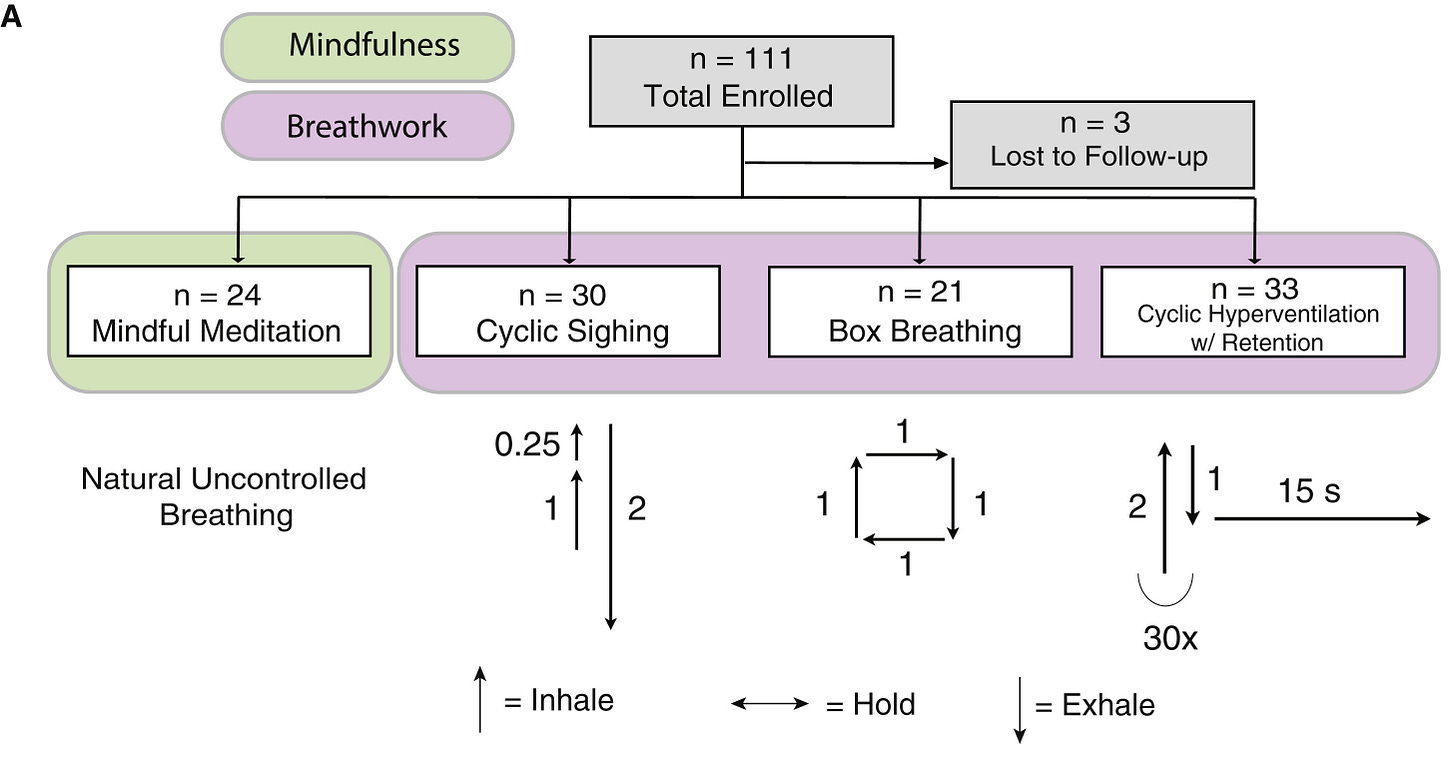
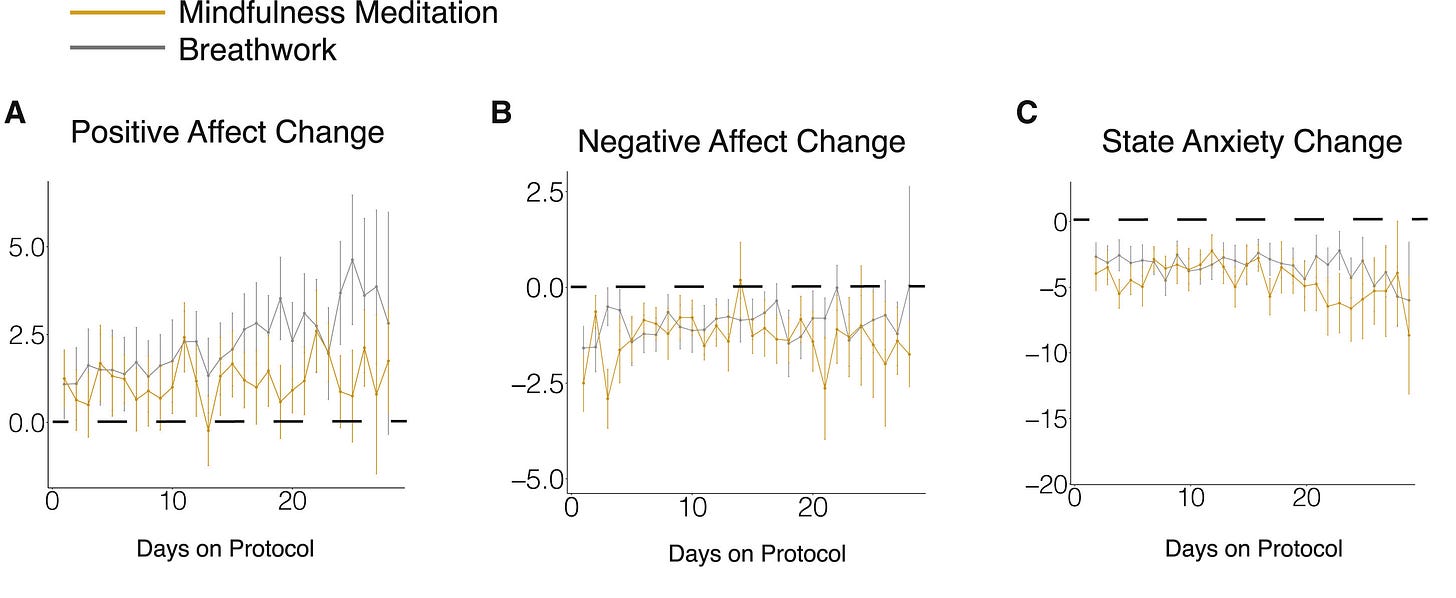
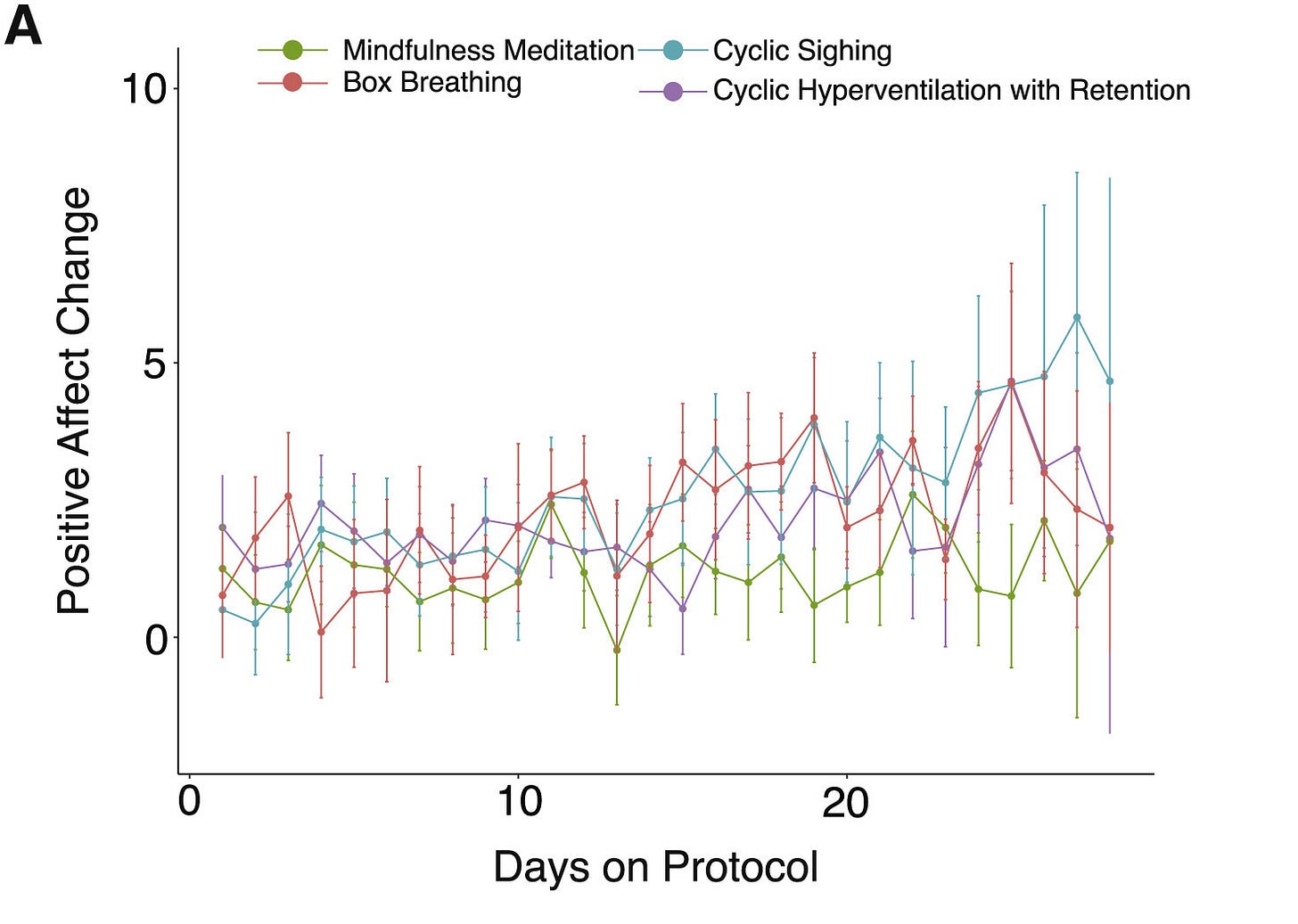
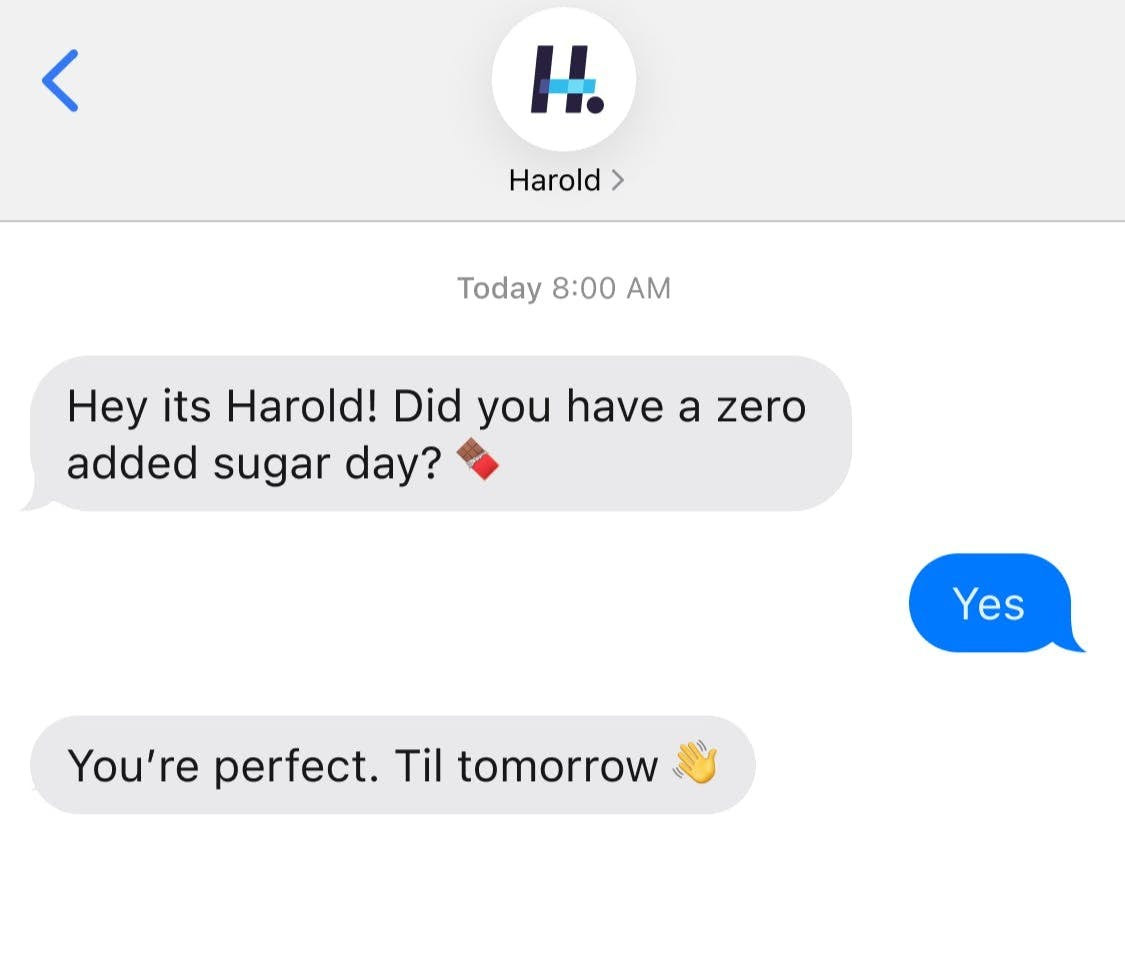
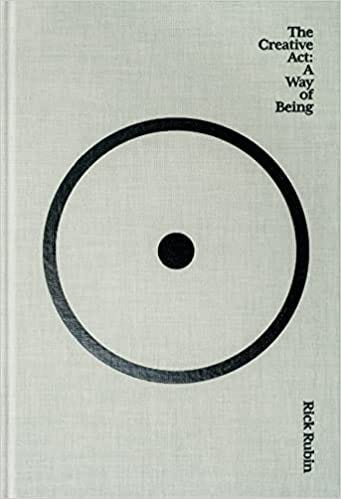
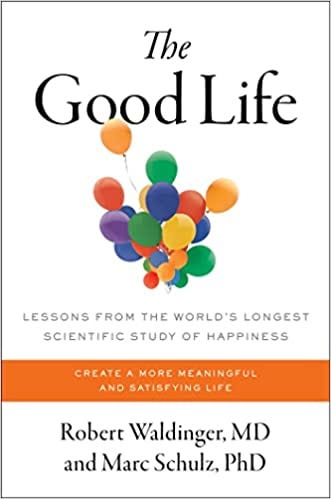
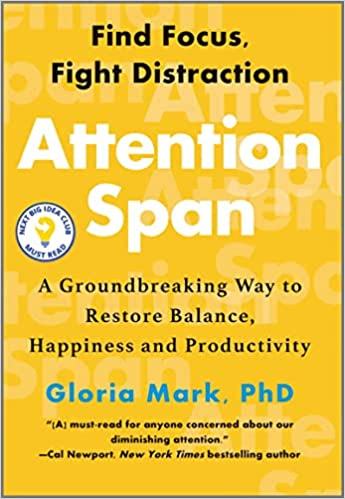
Nitrite isn't a problem either.
We have bacteria in our mouths that convert nitrate to nitrite.
The cancer risk comes from cooking that creates nitrosamines.